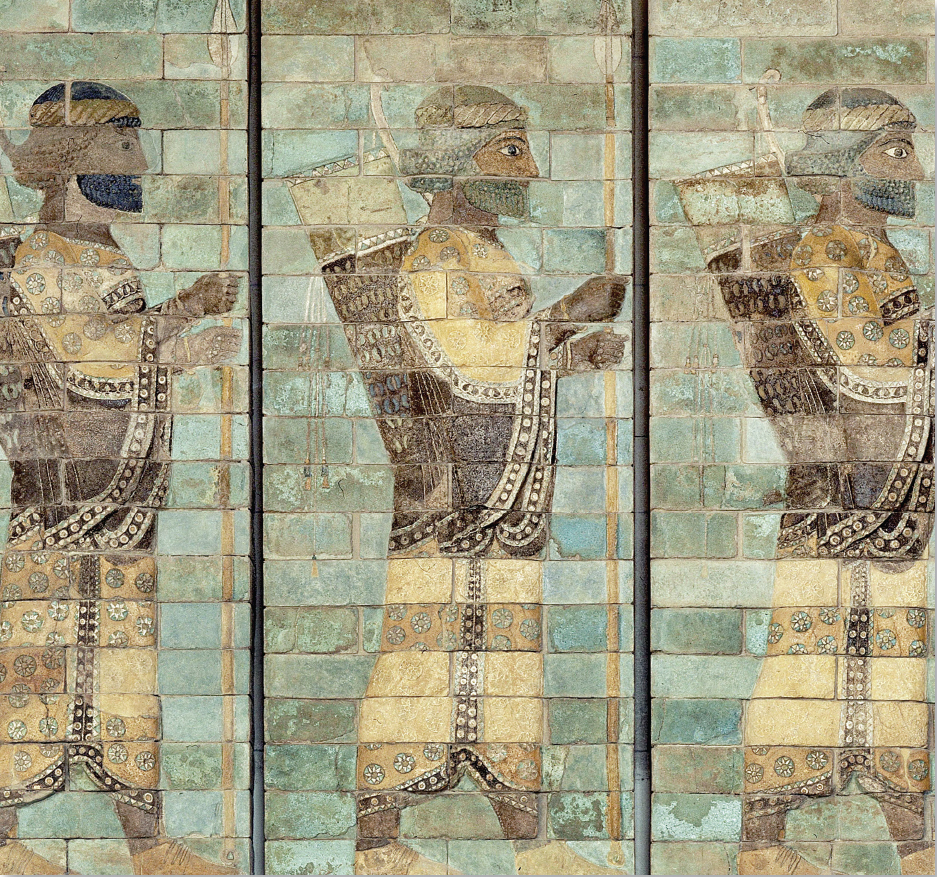A History of World Societies:
Printed Page 31
A History of World Societies Value
Edition: Printed Page 30
Introduction for Chapter 2
2
The Rise of the State in Southwest Asia and the Nile Valley
3200–500 B.C.E.

Five thousand years ago, humans were living in most parts of the planet. They had designed technologies to meet the challenges presented by deep forests and jungles, steep mountains, and blistering deserts. As the climate changed, they adapted, building boats to cross channels created by melting glaciers and finding new sources of food when old sources were no longer plentiful. In some places the new sources included domesticated plants and animals, which allowed people to live in much closer proximity to one another than they had as foragers.
That proximity created opportunities, as larger groups of people pooled their knowledge to deal with life’s challenges, but it also created problems. Human history from that point on can be seen as a response to these opportunities, challenges, and conflicts. As small villages grew into cities, people continued to develop technologies and systems to handle new issues. To control their more complex structures, people created systems of governance that were not based on the kin group, as well as military forces and taxation systems. In some places they invented writing to record taxes, inventories, and payments, and they later put writing to other uses. The first places where these new technologies and systems were introduced were the Tigris and Euphrates River Valleys of southwest Asia and the Nile Valley of northeast Africa, areas whose histories became linked through trade, military conquests, and migrations.